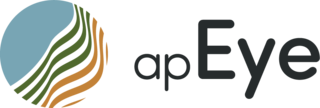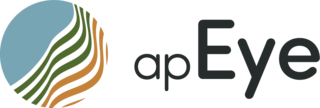Proven expertise in ocular prosthetics
Medical science regularly makes great advances. Keeping pace with these developments ensures better results, faster and more competent help for patients and greater trust in the doctors carrying out the treatment. With apEye, hospitals and clinics can enable their staff to give even better support to patients on their way to receiving an artificial eye.
The way to apEye
What changes most of all for hospitals, clinics and doctors due to apEye is the duration of the treatment. It is significantly shortened, thus ensuring greater patient satisfaction and increased effectiveness. In order to obtain a perfectly-fitting artificial eye, three steps are important:
CASIA2 – the key to greater patient satisfaction
Using the TOMEY CASIA2, eye specialists can conduct many different measurements. In addition to precise tumour detection, glaucoma diagnostics and detailed cornea measurement or diagnostics for treatment with artificial lenses, the device now also meets all the requirements for rapid and precise scanning of the eye socket. The CASIA2 thus forms the basis for perfectly-fitting artificial eyes made by 3D printer.
The CASIA2’s top qualities make the procedure not only painless for the patient, but also significantly simpler and faster. The specialist treating the patient can thus demonstrate their expertise and ensure that the treatment is much more pleasant for the patient. Hospitals and clinics equipped with a CASIA2 will then be able to live up to their pioneering role in modern medicine. As the scans of the eye socket and the healthy eye are the key to the new apEye technology and only take seconds to produce, this removes a bottleneck that has hugely held up the production of artificial eyes up to now. Instead of several months, it now takes only a short time for the patient to be provided with a 3D-printed apEye. In view of the higher output and wide range of uses of the CASIA2, the investment in it pays off within a few weeks.
CASIA2 and apEye give hospitals, clinics and doctors a unique selling point in the market and underline the importance of expert eye diagnostics. As important components in the treatment of patients needing ocular prosthetics, they can improve the process and contribute further to patient well-being. Interested? Then get in touch with us. We’ll be pleased to advise you
Contact a TOMEY representative Download information brochure







